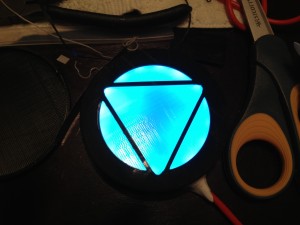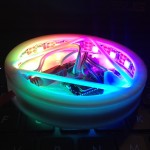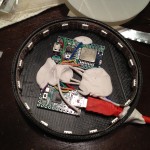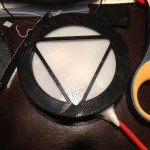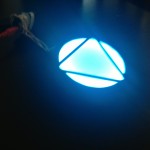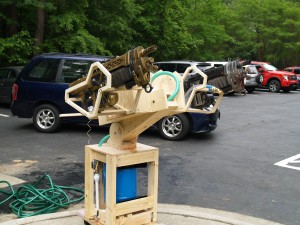I’ve been using Arduino boards for a bunch of random projects lately. They may not be as inexpensive or as small as throwing together a microcontroller and a resonator on a piece of perf board, but they’re a lot faster when making one-offs: lots of shields with ready-to-go libraries, quick programming / test cycle, etc…
One major downside is that the official Arduino IDE has a super-awful text editor, but there is a solution. Visual Micro has a plugin called Arduino for Visual Studio that makes everything ‘just work’ in the VS IDE, even VAX. Install the Arduino 1.0 IDE, then install the plugin, and all you have to do is point the plugin to your Arduino directory the next time you run devenv. It handles the rest, setting up syntax highlighting for .ino/.pde files, adds a toolbar to pick the board type and COM port, etc… To top it all off, it compiles about 10 times faster than the official IDE (0.2 – 0.5 s versus 5-10s); so much faster that it seems like there is a bug in the current version of the Arduino IDE.
Long story short, if you are doing any Arduino development and have VS 2008 or VS 2010 (the express edition won’t work since it doesn’t have support for plugins), you should download it now for a massive productivity boost.
